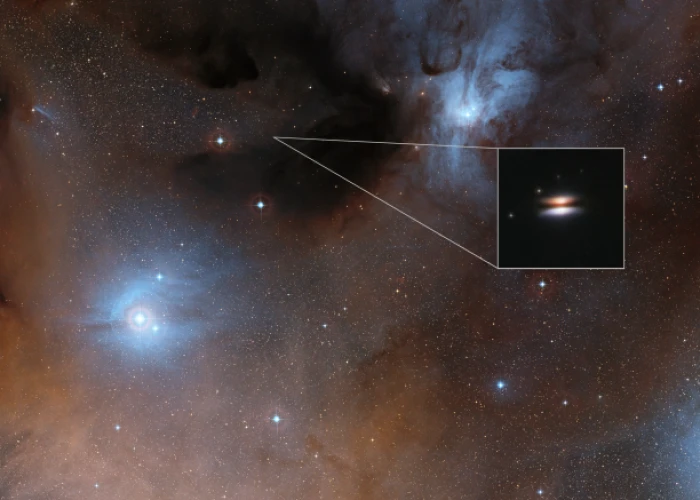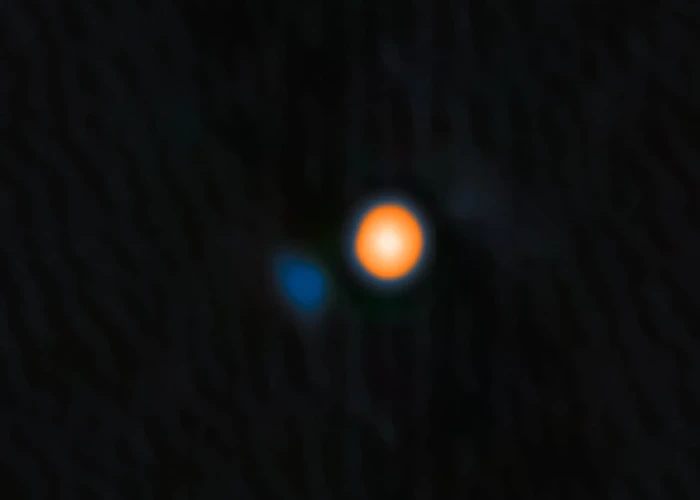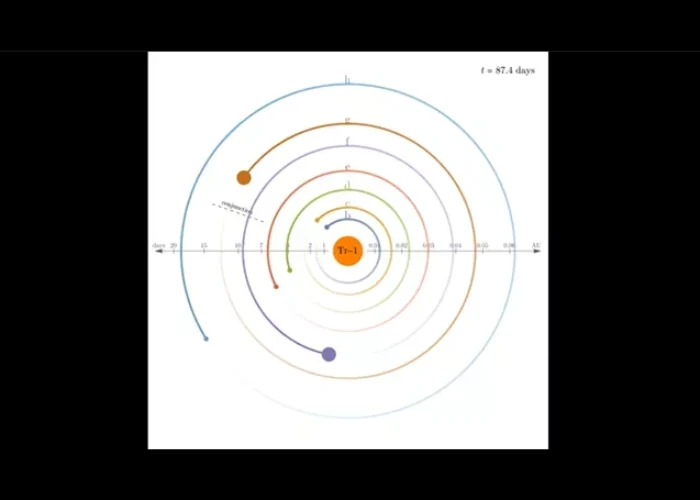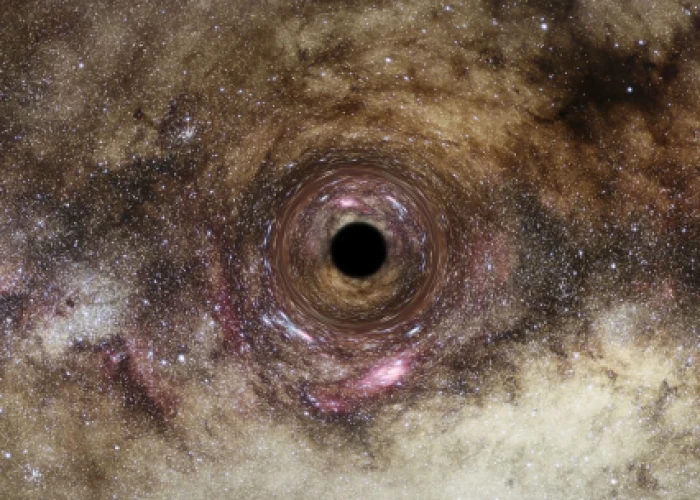New Discovery
Szűrő









Astronomers Create First Detailed Map of the “Flying Saucer” Disk, Revealing Building Blocks of New Planets
2025. december 09.
An international research team including Ágnes Kóspál from Konkoly Observatory has created the first detailed map of the molecular layers within a planet-forming disk – the flattened cloud of gas and dust surrounding a young star, where planets are born.
More

Gemini Observatory confirms predictions made by Konkoly researchers on the existence of Betelgeuse's companion star
2025. july 29.
Our researchers predicted last year that a companion star might be orbiting the red supergiant. After several attempts to detect it, an independent research team has now succeeded in observing the celestial body using direct imaging.
More

Euclid discovers a stunning Einstein ring
2025. february 10.
Euclid, the European Space Agency’s dark Universe detective, has made an astonishing discovery – right in our cosmic backyard.
More

Starspot activity of the red giant XX Trianguli indicate non-periodic, chaotic dynamo
2024. december 04.
Spectacular movie showing 16 years of starspot evolution.
More

Nuclear physicists and astrophysicists have measured the time scale of the Sun's birth
2024. november 14.
Have you ever wondered how long it took for our Sun to form within its stellar nursery?
More

Betelgeuse and Betelbuddy? Red supergiant in Orion likely has a stellar companion
2024. october 21.
New results from HUN-REN CSFK researchers and their US colleagues suggest that the six-year light variations of Betelgeuse may be caused by a previously unknown companion star.
More

The Evolution of the Trappist-1 Planetary System
2024. september 04.
New work suggests how the seven exoplanets that make up the Trappist-1 system came to have their present configuration.
More

Sleeping giant surprises Gaia scientists
2024. april 22.
Wading through the wealth of data from ESA’s Gaia mission, scientists found a massive, dormant black hole. With a mass of nearly 33 times that of the Sun, this is the largest black hole of stellar origin known so far within the Milky Way.
More
- 1.
- 2.
News breakdown
- Science
- Archive
- Public Outreach
- Research News
- Organisational News
- Proposal
- Event
- Conferences and events
- Celestial Event
- Press Release
- All news